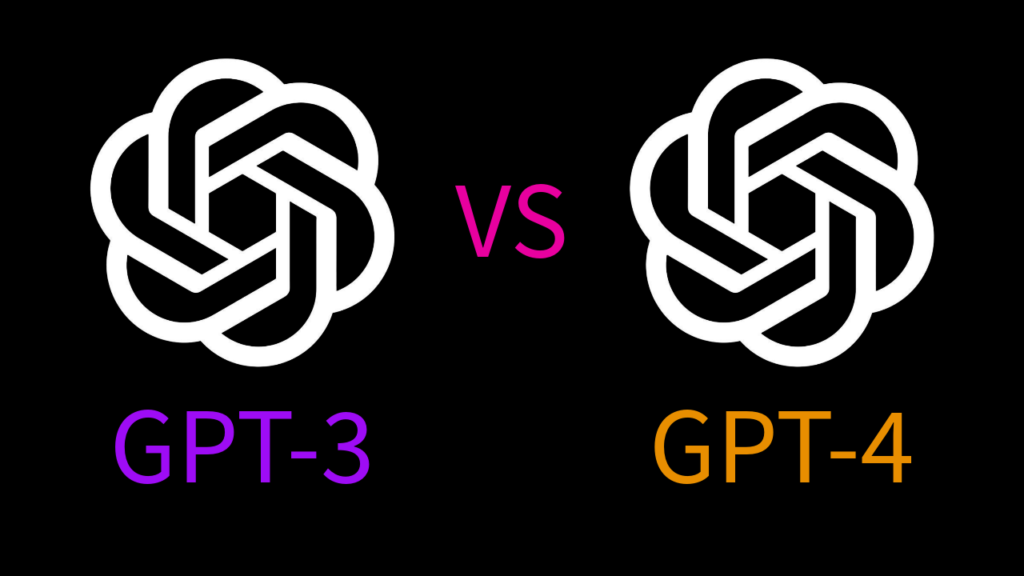GPT-3 (Generative Pretrained Transformer 3) and GPT-4 are both large language models developed by OpenAI. These models are trained using vast amounts of data and are designed to generate human-like text. However, GPT-4 represents a significant upgrade over GPT-3 in several ways.
| Model Size | 175 billion parameters | Unknown, but larger than GPT-3 |
| Training Data | Data up until 2020 | Data up until 2021 (or later) |
| Multimodal Capability | Text only | Text and image inputs (multimodal) |
| Performance | Strong language generation | Improved coherence and reasoning |
| Context Length | 4096 tokens | Up to 32,768 tokens (for some versions) |
| Programming Abilities | Basic code generation | Better coding and reasoning skills |
| Understanding Nuance | Good at general conversations | Better at complex instructions, subtlety, and nuance |
| Applications | Chatbots, text generation, summarization | Enhanced AI for research, detailed reasoning, and problem-solving |
Key Features of GPT-3
- Massive Scale: GPT-3 was the first large-scale language model with 175 billion parameters. It can perform tasks like translation, summarization, and creative writing, showing proficiency across multiple domains.
- General-Purpose Model: GPT-3 works for a wide range of applications like generating text, answering questions, and basic reasoning tasks.
- Limited Context Understanding: GPT-3 struggles with tasks that require long-term context understanding, subtle reasoning, or following complex instructions.
Key Features of GPT-4
- Larger Model: Though the exact parameter count is not public, GPT-4 is significantly larger than GPT-3, allowing it to handle more complex tasks with improved efficiency.
- Multimodal Abilities: Unlike GPT-3, GPT-4 can process not only text but also images, making it more versatile.
- Improved Reasoning: GPT-4 excels in complex reasoning tasks, nuanced language understanding, and can follow multi-step instructions better than GPT-3.
- Extended Context Window: GPT-4 can handle much longer input sequences (up to 32,768 tokens), making it ideal for processing large documents or long conversations.
Comparison of Capabilities
| Task | GPT-3 | GPT-4 |
|---|---|---|
| Creativity | Strong, but sometimes repetitive | More refined and creative outputs |
| Coding | Generates basic code with errors | Generates more accurate, functional code |
| Complex Reasoning | Struggles with multi-step problems | Better at solving multi-step problems |
| Factual Knowledge | May provide outdated information | Updated knowledge base and reasoning |
Conclusion
GPT-4 enhances the capabilities of GPT-3, with more advanced reasoning, better handling of long conversations, and multimodal abilities. Its wider applications and nuanced understanding make it ideal for research, technical writing, and interactive AI applications.


